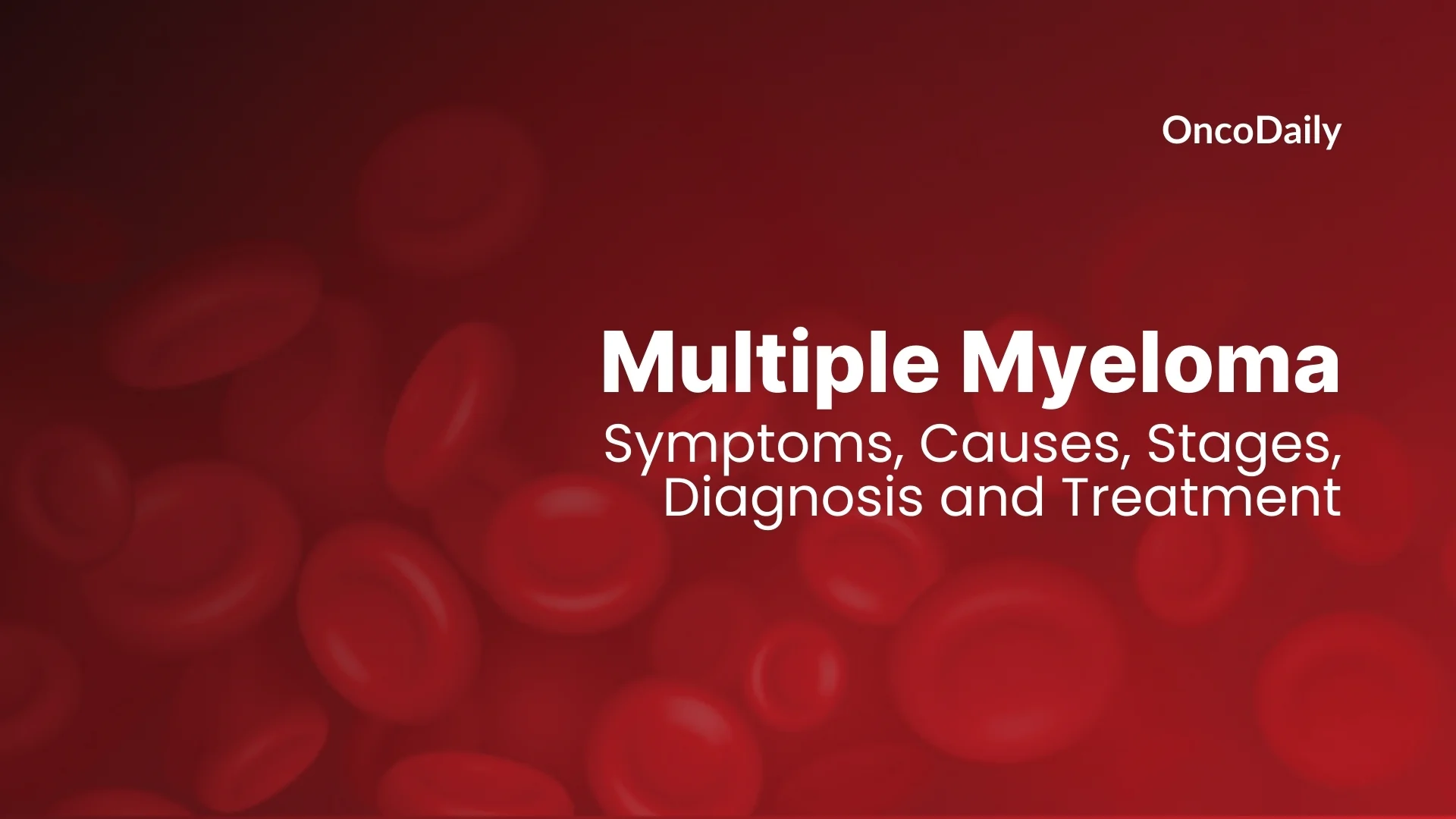On November 6, 2025, the U.S. Food and Drug Administration (FDA) approved daratumumab and hyaluronidase-fihj (Darzalex Faspro, Janssen Biotech, Inc.) for the treatment of adults with high-risk smoldering multiple myeloma (SMM). This marks the first FDA-approved therapy for this patient population.

You Can Also Read About Multiple Myeloma: Symptoms, Causes, Stages, Diagnosis and Treatment
Study Design and Efficacy
Approval was based on results from AQUILA (NCT03301220), an open-label, randomized, phase III trial enrolling 390 patients with high-risk SMM. Participants were assigned to receive either daratumumab and hyaluronidase-fihj or active monitoring.
Patients in the treatment arm received subcutaneous injections of daratumumab and hyaluronidase-fihj (1,800 mg/30,000 units) weekly for the first 8 weeks, every 2 weeks from weeks 9–24, and every 4 weeks starting at week 25, for up to 39 cycles (36 months) or until disease progression or unacceptable toxicity.
Approximately 41% of patients met two or more high-risk criteria, including:
- Serum monoclonal protein level > 2 g/dL
- Involved-to-uninvolved serum free light chain ratio > 20
- Bone marrow plasma cells > 20%
The primary endpoint was progression-free survival (PFS), defined as the time to progression to multiple myeloma or death, based on International Myeloma Working Group (IMWG) criteria.
Results
- Median PFS was not reached in the daratumumab and hyaluronidase-fihj arm.
- Median PFS in the active monitoring group was 41.5 months.
- Hazard Ratio: 0.49 (95% CI: 0.36–0.67); p < 0.0001.
These findings represent a 51% reduction in the risk of disease progression or death, establishing daratumumab and hyaluronidase-fihj as a new standard of care for delaying progression in high-risk SMM.
Safety Profile
The safety evaluation revealed a manageable toxicity profile consistent with prior daratumumab studies.
- Grade ≥3 adverse events: occurred in 62% of patients.
- Common adverse events: neutropenia, leukopenia, and pneumonia.
- Immune-related events: included pneumonitis, adrenal insufficiency, and colitis.
- Treatment discontinuation due to adverse events occurred in 24% of patients.
- No treatment-related deaths were reported.
The prescribing information includes warnings and precautions for:
- Hypersensitivity and administration reactions
- Cardiac toxicity (especially in light chain amyloidosis)
- Infections, neutropenia, thrombocytopenia
- Embryo-fetal toxicity
- Interference with blood cross-matching and RBC antibody screening
Dosage and Administration
The recommended dose is 1,800 mg daratumumab and 30,000 units hyaluronidase, administered subcutaneously over approximately 3 to 5 minutes.
